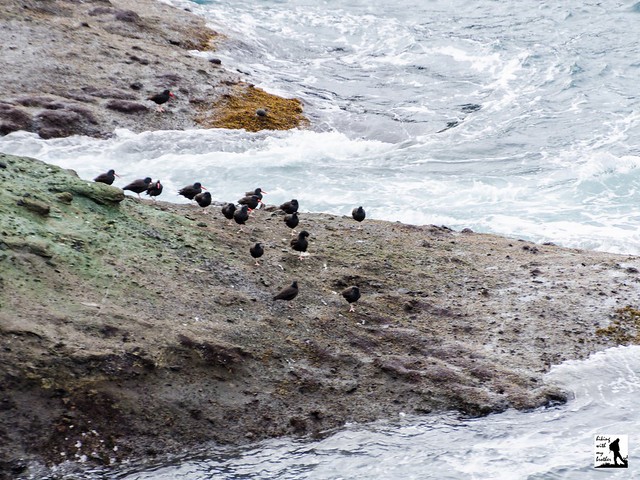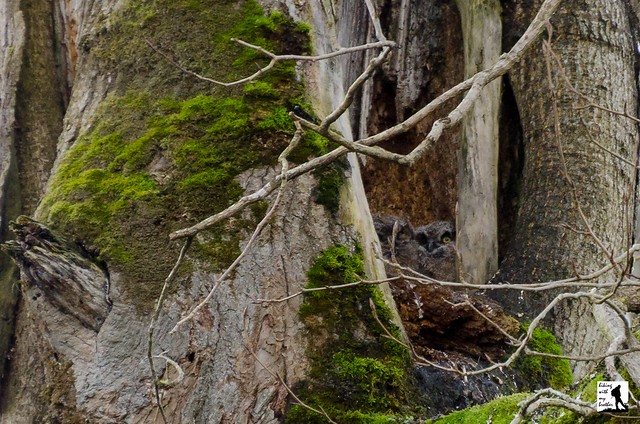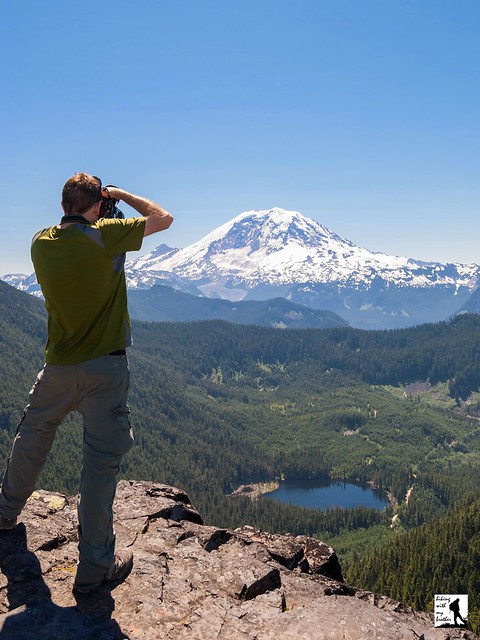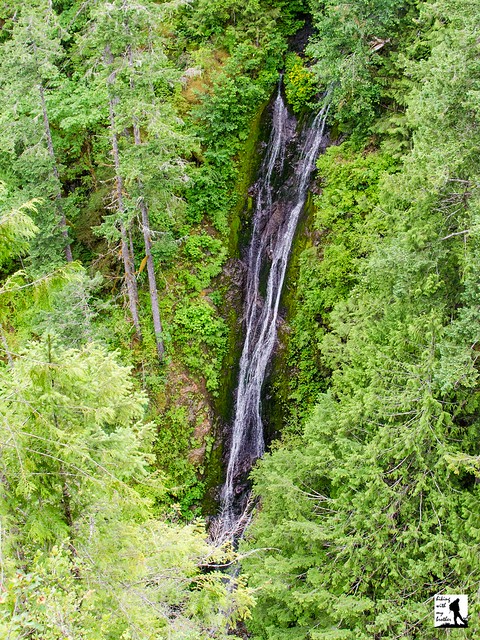Total Ascent: 300ft out
Highest Point: 350ft
Total Distance: 1.4 miles
Location: N 48° 23.1533 W 124° 43.5966
Required Permit: Makah Recreation Pass (details below)
Difficulty: Easy
 A few weeks ago we took a weekend to head out to the Olympic Peninsula to explore a few hikes along the Pacific Coast. One of those hikes was Cape Flattery, a short trek out to dramatic seascapes and the chance to catch glimpses of marine life. What this hike lacks in distance it more than makes up for in views of waves crashing against a fairytale coastline.
A few weeks ago we took a weekend to head out to the Olympic Peninsula to explore a few hikes along the Pacific Coast. One of those hikes was Cape Flattery, a short trek out to dramatic seascapes and the chance to catch glimpses of marine life. What this hike lacks in distance it more than makes up for in views of waves crashing against a fairytale coastline.Cape Flattery’s rocky cliffs not only overlook Tatoosh Island, but they have the distinction of being the most northwesterly point in the continental United States. Nearby Cape Alava only narrowly beats out Cape Flattery for the western most point by a little over 350 feet. Other than the Pacific Ocean, Cape Flattery is the oldest place name on the Washington Map still in use today. The cape was sighted by Captain James Cook on March 22, 1778, when it “flattered” the crew with hopes of a harbor or the entrance to the Strait of Juan de Fuca. Bad weather hid the “pretended” Strait of Juan de Fuca from Cook, but his name for the jut of land won out over the native name of “Klasset” and other early explorer’s attempts at a name, such as Claaset and Classet.
Tatoosh Island sits about a half-mile off Cape Flattery, and was named after a Makah chief by Captain John Meares in 1788. Meares met the chief on the island and observed the Makah hunting whales and drying salmon, using the island as a base. By the 1850s, there was an increasing need for a lighthouse near Cape Flattery. One was constructed and first lit on December 27, 1857. Over the years a number of facilities grew up on the 20-acre island including weather and radio stations. Throughout that time keepers manned the lighthouse until 1977 when it was automated. Today, the lighthouse is decommissioned and a solar powered light tower helps guides ships into the Strait. The Makah Tribe now control the island, with only a small fenced graveyard to serve as a reminder of the many people that once lived on the island.
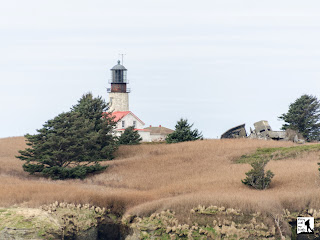
From the parking lot, the wide graveled trail descends into mossy cedar forest. Before long reach the first of a series of boardwalks and wooden steps meant to help you avoid the mud that frequently lines the trail. As you near your destination a couple of paths lead off the main boardwalk out to observation platforms that give a front row seat to expanses of ocean filled with tree-topped fingers of rock, exposed cliffs riddled with caves and the sound of waves crashing against the cape. Continue onward to find a large observation deck built at the very tip of the cape that provides commanding views of Tatoosh Island, Vancouver Island and the ocean carved coastline. If you’re lucky, you may be able to pick out some whales in the distance, or find otters or seals lounging on the rocks below.
This little hike is the perfect addition to a trip out to the Pacific site of the Olympic Peninsula. The trail is well maintained and it should be approachable for almost any hiker, though roots and uneven terrain may trip up little feet. With little elevation gain, short milage and an impressive seascape, this is a great hike for those who are a little reluctant to get on the trail. Once you’ve soaked up the views, round out your hiking day by taking a trip down to Shi Shi Beach and exploring the Point of Arches. Keep in mind that the area is managed by the Makah Tribe and all visitors are required to purchase a parking permit from the tribe - Washburn’s in Neah Bay is a good place to get one.
 To get to there, take the Bainbridge Island ferry to Bainbridge Island. From the terminal, follow SR 305 for 13 miles to SR 3 North. Follow SR 3 to the Hood Canal Bridge, taking a left over the bridge onto State Route 104. Follow SR 104 as it merges onto US 101 and continue 35 miles to Port Angeles taking a left on Lincoln Street. Continue for about 5 miles to the junction with SR 112. Veer right and continue on SR 112 for about 65 mile to Neah Bay where it becomes Bayview Avenue. Continue another mile through town to Fort Street. Take a left and follow for two block to 3rd Avenue. Take a right and in one block take a left onto Cape Flattery Road. Continue of Cape Flattery Road for 7.5 miles to the trailhead. -Nathan
To get to there, take the Bainbridge Island ferry to Bainbridge Island. From the terminal, follow SR 305 for 13 miles to SR 3 North. Follow SR 3 to the Hood Canal Bridge, taking a left over the bridge onto State Route 104. Follow SR 104 as it merges onto US 101 and continue 35 miles to Port Angeles taking a left on Lincoln Street. Continue for about 5 miles to the junction with SR 112. Veer right and continue on SR 112 for about 65 mile to Neah Bay where it becomes Bayview Avenue. Continue another mile through town to Fort Street. Take a left and follow for two block to 3rd Avenue. Take a right and in one block take a left onto Cape Flattery Road. Continue of Cape Flattery Road for 7.5 miles to the trailhead. -Nathan Print Google Directions >>
